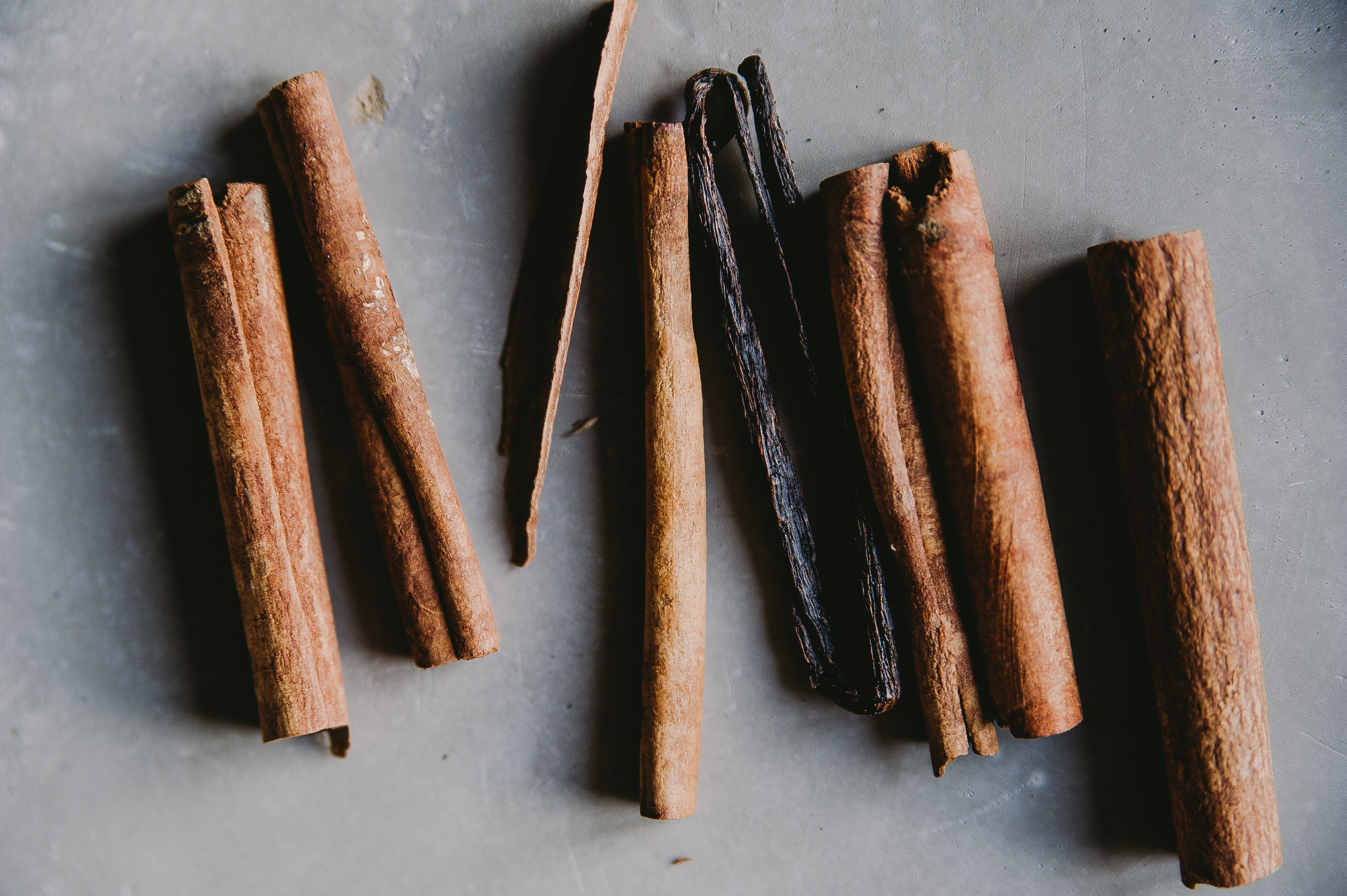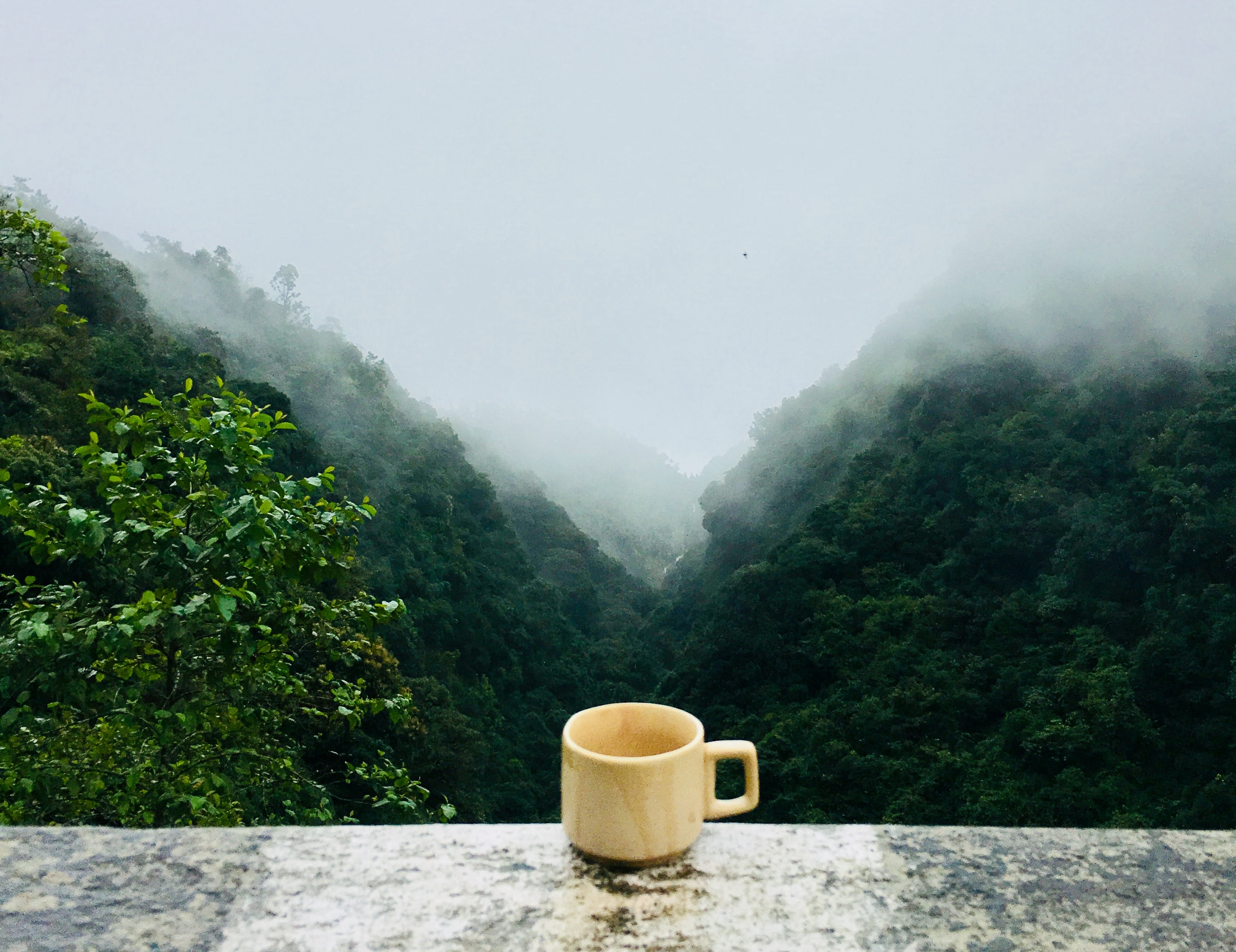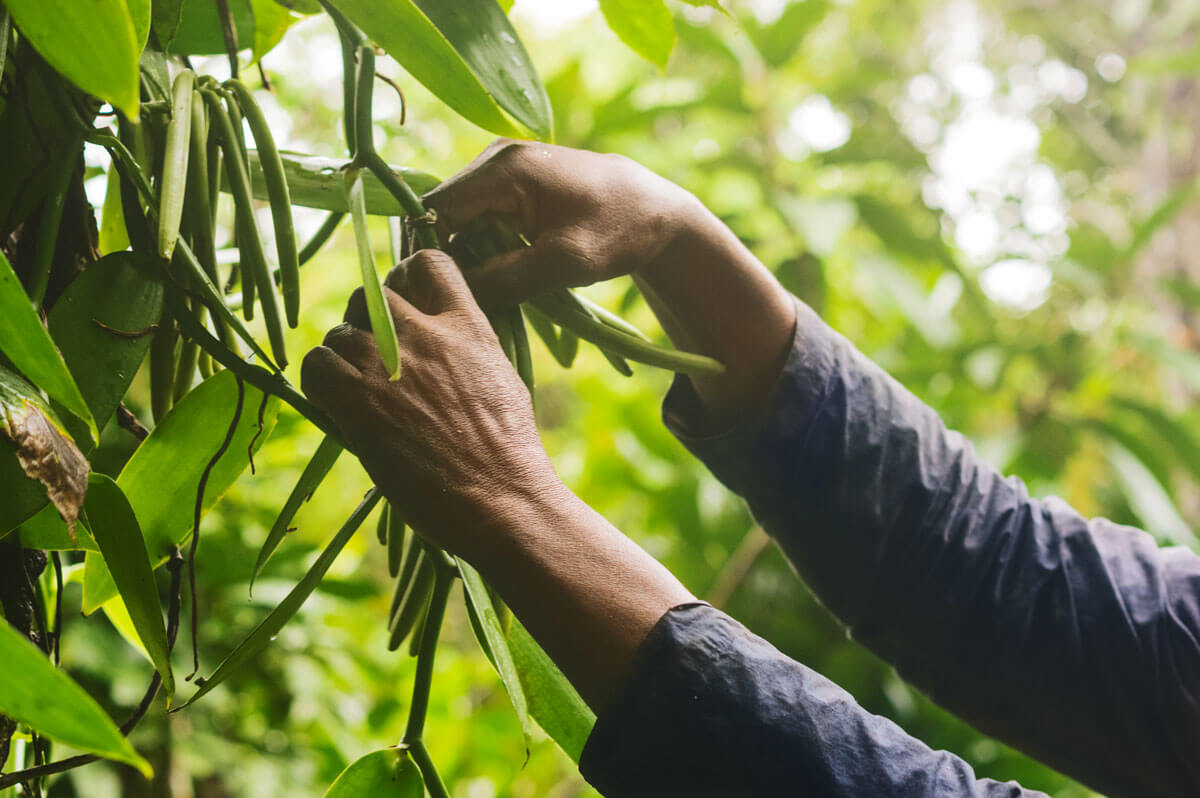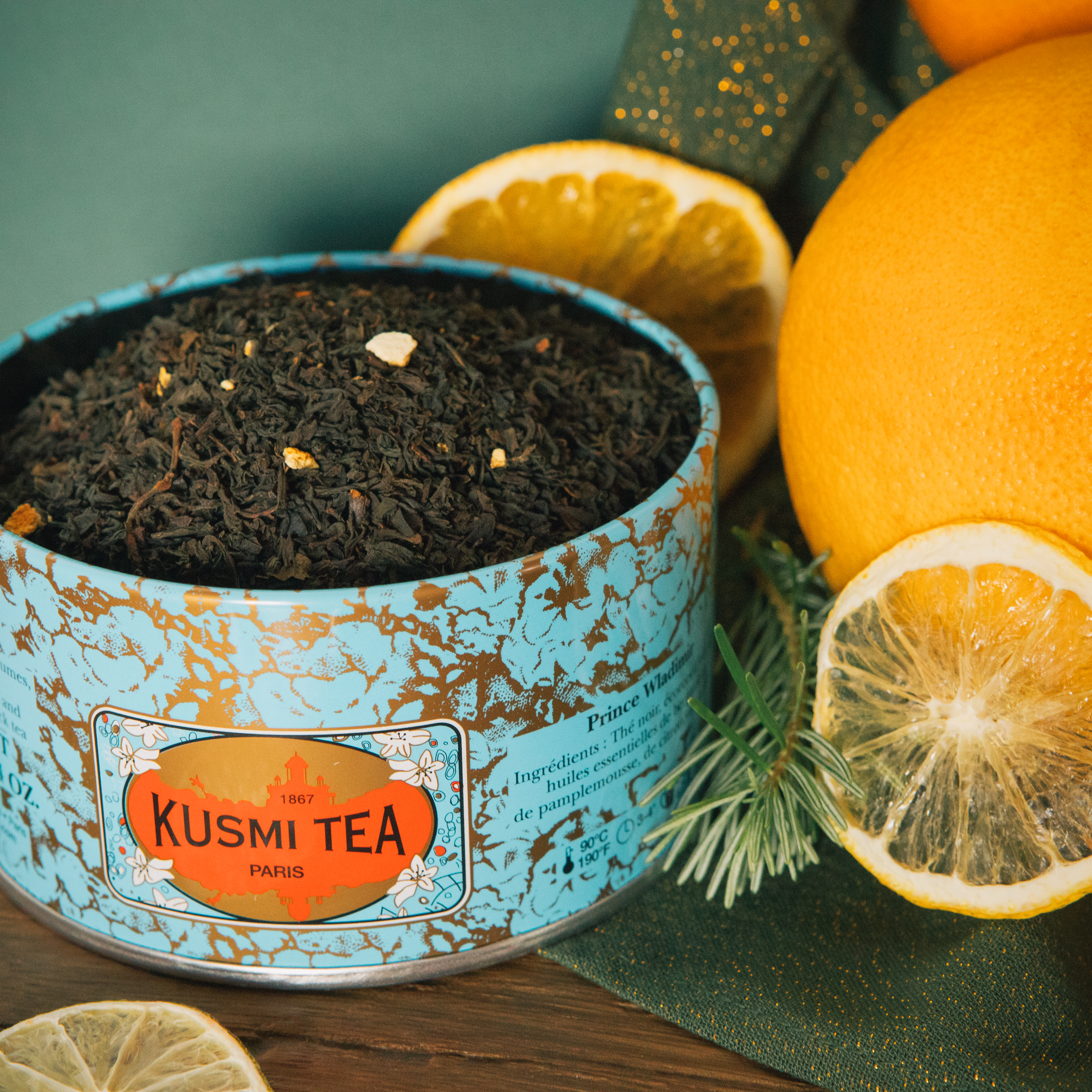Vanilla, also known as “black gold,” is a spice of unparalleled flavor. A popular ingredient in sweet dishes, it can be enjoyed in ice creams, desserts, and pastries. However, it is also the perfect partner at tea time! The round flavors of vanilla tea make it a true delicacy. Read on to find out more…
Black tea and vanilla: when opposites attract
One can be sweet, strong, delicate, light, tangy or suave, while the other is spiced and velvety Needless to say, black tea and vanilla are the perfect partners. Pavel Mikhailovich Kousmichoff first combined them in 1888 to create Prince Vladimir, an exceptional blend made with Earl Grey, vanilla and citrus. This delicious, now iconic blend of tea and vanilla has travelled through the ages. And it’s not for nothing – the strong, aromatic power of vanilla delicately balances the bitterness of the tea. What’s more, the indulgent spice is also a fine match for Rooibos. This sweet drink from Africa is enhanced by the heady vanilla fragrance.
Vanilla, a highly aromatic spice
Vanilla owes its characteristic aromatic punch to vanillin. This small but powerful compound only makes up 2% of the pod! And did you know? Humans can only perceive vanillin through smell. This is an example of the retro-olfaction phenomenon which gives us the impression of taste. If you have a blocked nose, then you won’t even notice vanilla. This is because it is a fragrance, and not part of flavor which is sensed by the tongue (sweet, salty, acidic, bitter, and umami).
The fragrances and flavors of tea
Meanwhile, tea releases a different range of fragrances and flavors depending on whether it is green, black, or white. Take green tea, for example. When infused, it offers a bold bitterness due to compounds such as tannins. But green tea also has a certain sweetness thanks to the presence of amino acids. As well as going really well together in taste terms, vanilla and tea are also great for your health…
The health benefits of vanilla and tea
Spiced vanilla tea is brimming with benefits from its two leading ingredients. As a result, you can enjoy an indulgent, guilt-free break with a mug of vanilla tea.

The benefits of vanilla
Vanilla may have a stimulating effect on the digestive system, making it an ideal drink after a big meal. If you feel stressed, then vanilla can also help! This spice may contribute to reducing stress and anxiety. What’s more, it may slow cell aging and have an aphrodisiac effect – but we’ll let you try that last one!
The advantages of tea
Tea complements vanilla once again! It contains polyphenols – substances with antioxidant properties – which, just like vanilla, are a powerful defense against the aging process. You now know a lot more about the fragrances, flavors, and benefits of tea and vanilla. But where exactly are these ingredients grown to develop their full potential?

The origins of tea and vanilla
Originally grown in Latin America, vanilla is now mainly produced in Madagascar. Hailing from the Far East, tea is now also grown in South America, Africa, and around the Black and Caspian Seas.
The origin of vanilla
What is vanilla?
Vanilla is the fruit of a climbing plant known as the vanilla planifolia. The vanilla plant is actually part of the orchid family, and the only orchid grown for anything other than decoration. The vanilla plant produces dark, stick-shaped pods. This fruit contains pulp filled with little black seeds. After being harvested, vanilla pods undergo several long, delicate processing stages before they can be used in cooking. After a year of processing, the transformation is complete and the spice reveals its full flavorsome, fragrant potential.

Where is vanilla grown?
Originally from Mexico, vanilla was later imported to Reunion Island, then known as Bourbon Island, before being planted in Madagascar. Today, the island produces two-thirds of the world’s vanilla. The most popular variety is in fact Madagascar Bourbon vanilla, renowned for its unique scent and the quality of its refining process. Did you know? The Bourbon label was created in the early 1960s to distinguish between other vanillas produced in the Indian Ocean in Madagascar, the Comoros Islands, Mayotte, Mauritius, and Reunion Island. The vanilla world capital is found in the Madagascan region of SAVA, whose name comes from its four main cities, Sambava, Antalaha, Vohemar, and Andapa. This idyllic area stretches across some 9,600 square miles and is home to 70% of the island’s primary forests!
The origin of tea
How is tea harvested?
The tea leaves you infuse are from the tea bush. A bud grows at the top of each stem, and pickers take the leaves below it. The quality of each harvest depends on the number of tea leaves picked below the bud. The first harvest of the year takes place in spring. This is a prestigious harvest as the leaves fill with essential oils during the winter and are packed with aromatics!
Where is tea grown?
Grown in Eurasia, South America, Africa, and Asia, the tea bush is at home in hot,
humid climates. Regular rain throughout the year is the ideal weather for beautifully
aromatic tea. Altitude also makes for high-quality leaves. For example, Darjeeling black tea grows between 2,300 and 4,300 feet of elevation. As a result, tea bushes are often found on sloping surfaces. Among other things, the incline encourages natural drainage – perfect for tea bushes, which don’t like stagnant water! Vanilla tea draws its heritage from a range of continents. This blend of varieties and flavors makes a great morning drink for getting your day off to a flying start!








